‘‘We Are Genuine System Thinkers in Everything We Do’’
Mark Adams interview by Gerrit Terstiege
The furniture company Vitsœ, solely producing furniture systems designed by Dieter Rams, was founded in 1959. Its director Mark Adams can look back on four decades of great challenges and accomplishments. Here, he speaks openly about working with Dieter Rams, the struggles of finding the right designer for the production building in Royal Leamington Spa, and his vision for the future of the company.
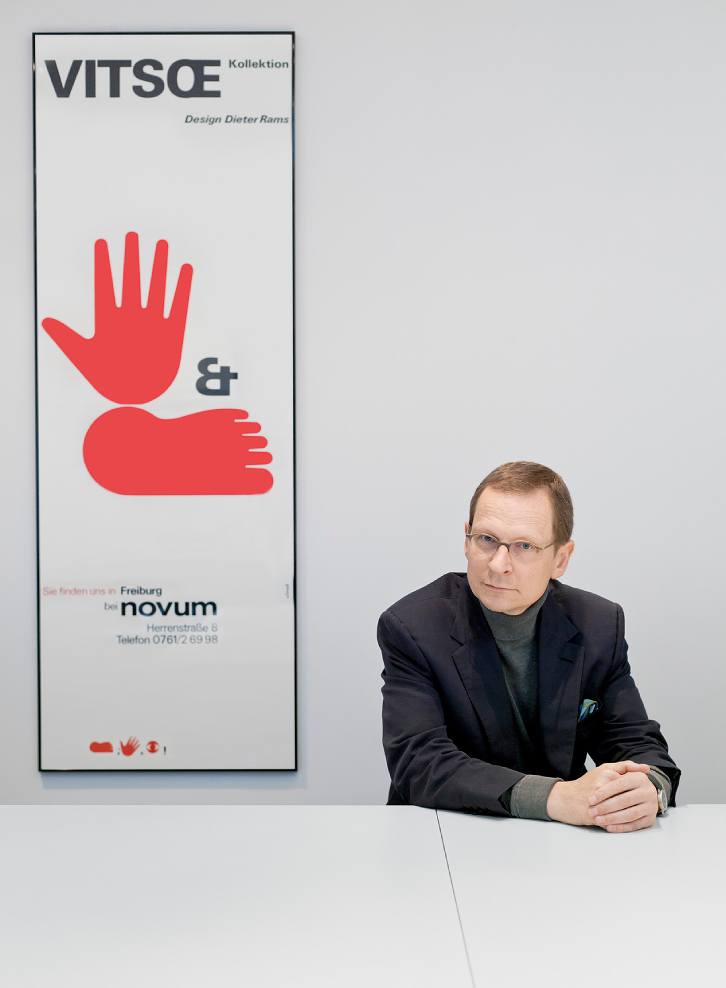
Mark Adams in front of a historic Vitsœ poster.
© Vitsœ
GT: Mr. Adams, this year it will be exactly 40 years ago that you discovered a 606 Shelving System at the London design shop Reflex. Do you remember what caught your attention? What about it was so different, so appealing?
MA: Yes, it happened about 200 metres from where I’m sitting now [in Vitsœ’s Marylebone Lane shop].
GT: Oh. And is the shop still there?
MA: No, it’s long gone. But 53 Blandford Street still houses a commercial space, I think it’s a hairdresser now. What caught my attention in 1985 was the Rams connection for sure. Two years before, Terence Conran and Stephen Bayley had a Rams exhibition in the Boilerhouse, at the Victoria and Albert Museum. A show which had been taken over from the IDZ in Berlin originally. I was following Terence Conran closely at the time. When I walked into this shop and asked what it was that they were installing on the wall, and I was told it’s furniture by this German designer, Dieter Rams. So that was the connection. But it was the modernity, the cleanliness, the simplicity that absolutely appealed to me. That´s my nature: always looking for the cleanest, most logical, simplest solution. I would say it was a visual and an intellectual connection all at once.
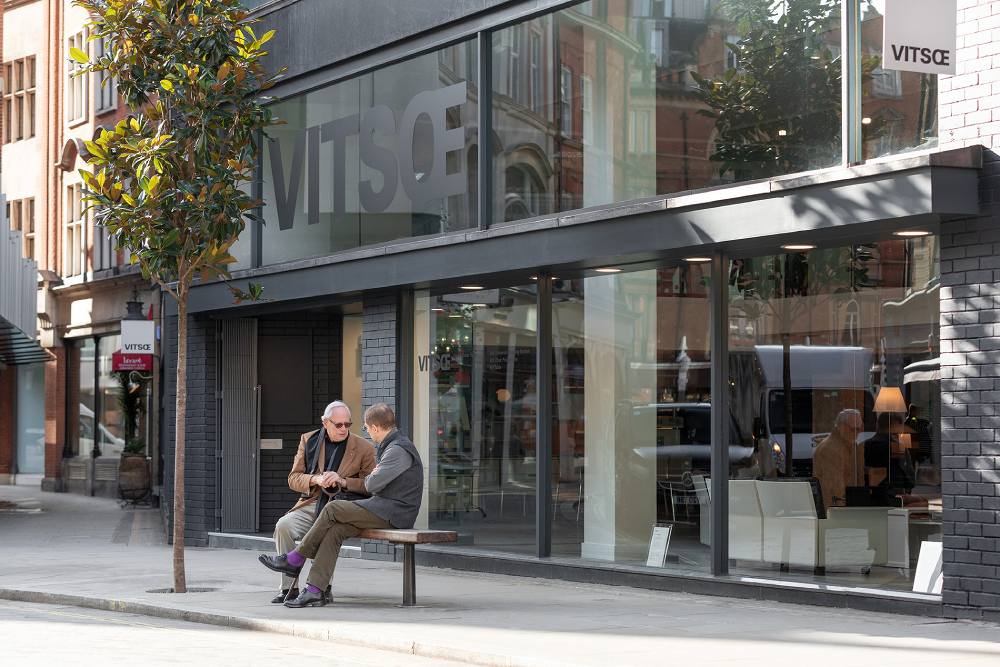
A team with a long history: Dieter Rams and Mark Adams in conversation outside the Vitsœ shop in London, 2019.
© Vitsœ
GT: But from being enthusiastic about a product to wanting to become a part of its company usually takes a long time. With you, it was just a year later, in 1986, that you founded Vitsœ UK Limited. Did it feel like a jump in cold water?
MA: Well, it was forced upon me. My employer at the time, that I’d only worked for a few months, went into bankruptcy. And there I was: as a young man, losing my job. My parents were unimpressed, but I had spoken on the telephone twice to Niels Vitsoe during that time and I felt that I had connected with him a little bit. That was what gave me the opportunity to say: Ok, fine, let’s take my first ever flight to Germany and introduce myself to Niels Vitsoe, which was what I did in February 1986 as Niels was turning 73. I was turning 25. And in those three days I spent in Frankfurt, we connected, with a dry sense of humour. Niels had a lovely sense of humour. And by the way, so has Dieter—I am eternally grateful to Gary Hustwit for showing Dieter’s sense of humour in his ‘Rams’ film. Nobody thinks of that. But I would say in those early years, a healthy sense of humour tied us together. For everything that Dieter and I have been through, that sense of humour has kept, and is keeping us, together.
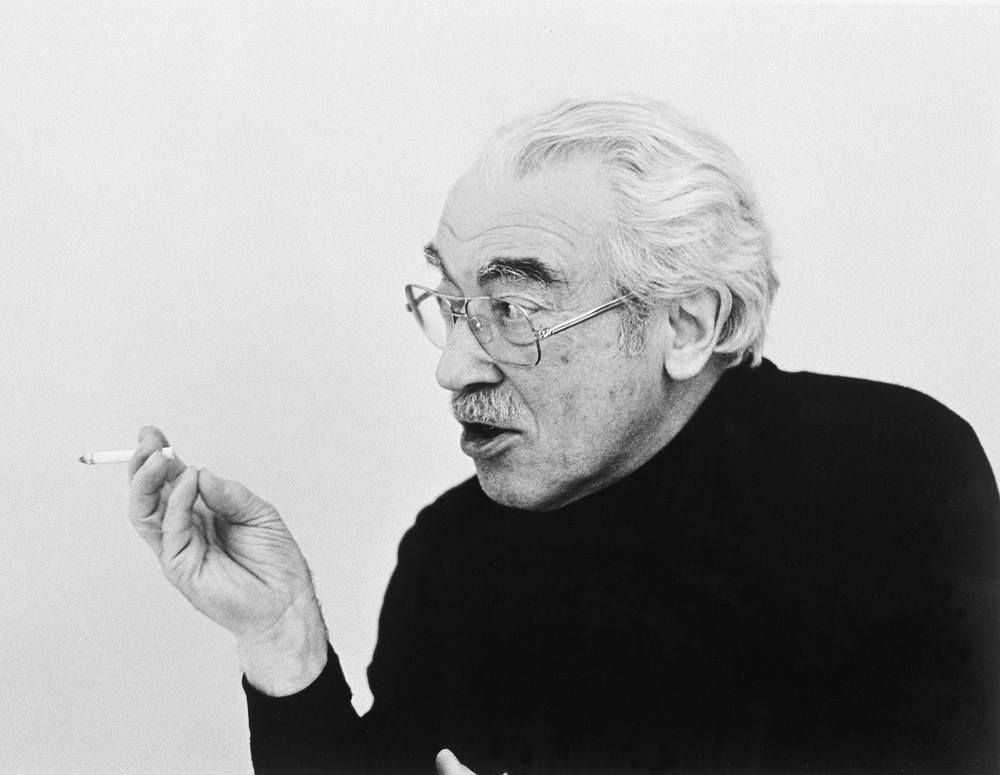
Portrait of the founder Niels Vitsoe (1913 – 1995)
© Vitsœ
GT: You have known Dieter Rams for four decades now. Do you remember a meeting with him that was especially memorable? That stands out?
MA: Well, the one that immediately comes to mind is when I went to Heathrow Airport in the late 80s to collect him. I drove him in my Peugeot 205 GTi to his hotel in the West End of London. And during that journey, in the London traffic, Dieter said: ”Mark, would you come to Germany and run Vitsœ, please.” We’d only known each other a few years. But the fact that he asked me that at that early stage, of course, I will always remember. One of the other things he said to me is that I understand business and design in equal measure. He has dealt with many extremely talented designers and design experts and he’s dealt with people who are proficient business people. But they probably fall largely into two camps. For me luckily it is the blend of my mother and my father that I am able to operate in the world of business and in the world of design, I feel with reasonably equal comfort.
GT: Has your relationship or the way you work together changed over the years?
MA: I would say the trust has deepened. Vertrauen is of my early German words. Trust is absolutely central to me. But I’m also thinking of when we were coming up to Vitsœ’s 60th anniversary, and I said to Dieter: What is your reaction that Vitsœ has made it to 60 years old? He only paused for a second or two, and he said: “Mark, it’s been tough. It was tough for Niels and it’s been tough for you.” So I think knowing how tough the journey has been, the fact that trust has been there and that trust has deepened, is very important.

Well-filled shelves: the private library of Mark Adams at his home.
© Vitsœ
GT: Today we could all exclusively read digital books or magazines, listen to digital music. Shelves would no longer be needed in such a situation. Yet current trends tell a different story: Printed book sales are rising again, both in the US and in Europe, and there’s a great comeback of the record and the analogue stereo system. Why do you think people still want tangible objects in this era of digitalisation?
MA: We are sentient beings. We need to touch and experience. We need the haptic quality. So for me that is obvious. It’s common sense. I believe that the digital pendulum is swinging—the pendulum will come back, more towards analogue, real objects.
GT: Is there something that you collect too? Would you even call yourself a collector?
MA: Only very modestly. “Less, but better” would be my approach to collecting anything. I have one or two things that I value highly and that will do.
GT: Oh okay, but what are your shelves at home filled with then?
MA: Books, obviously. If I did this call from home, you would see a very extensive library behind me and around me on all four walls. I am a voracious reader and researcher, always have been. I’m hungry for the written word. I also have a few pots on my shelves and cabinets which I value highly.
GT: I have recently seen a photo of David Bowie with a Vitsœ shelving system. How would you describe the typical Vitsœ customer?
MA: Well, since you mentioned Bowie—I want to add: we are discreet about our customers. I’ve only ever used that picture in a lecture of mine. We’ve never publicised that photo because we never abuse our customers’ privacy. But we have many famous customers from the world of music and from the art world who own the 606. It’s fascinating. Vitsœ customers are international-thinking, interesting people who absorb other cultures.
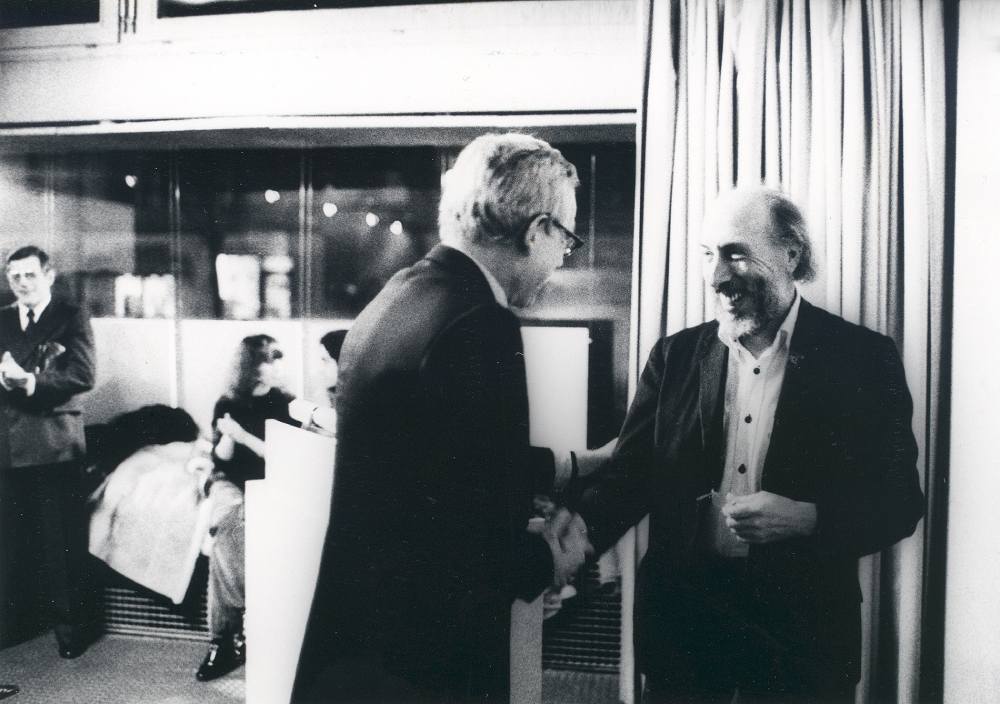
Dieter Rams and British Pop artist Richard Hamilton, who transformed a number of Braun products into artistic motifs.
© Vitsœ
GT: Another man who would fall into that category was Richard Hamilton, the artist and “father of British Pop Art”.
MA: We had a lovely exhibition with him and Rams at our shop just around the corner from here, on Wigmore Street. With all of Hamilton’s pictures and works that were influenced by Braun. I went out to Hamilton’s home in Henley-on-Thames and I loaded up the pictures, put them in the back of my car, drove them into London. All of these original Hamilton pictures. We hung them in the shop and the graphic designer Peter Saville created the invitation card with the ‘Hamilton toaster’. That night we had Rams, Hamilton and Saville there and one of our good customers whispered in my ear: “Mark, this is one for the grandchildren.” That was a memorable evening indeed.
GT: Many photos on your website, in your magazine Vitsœ Voice or on Instagram show both the 606 Universal Shelving System and the 620 Chair Programme in various sizes, from very compact to larger, extended versions. How important was the adaptability of both systems for their success? And where does your education as a zoologist come into play?
MA: Some people are surprised when they hear about my biological background. Zoology is formally my degree. I chose that at university because I had a fascination in the way things work. I was a child that was always taking things apart and putting them back together—using sharp tools and cutting my fingers because I wanted to understand how they were created. The biological world is working at the microscopic, genetic, molecular level, but also at the macro level, of the whole world. James Lovelock, the Gaia theory, etcetera. And that thinking is exactly what is going on at Vitsœ. We are genuine system thinkers in everything we do. We are worried about it at the tiniest detail, but we are also worried about the macro level of what is going on in the wide world in which we are operating. And that’s how the biological world works. That’s how evolution happens: by a series of small changes. That is what gives longevity to species, their ability to adapt to a changing world. And I see utterly no distinction between the way we are behaving at Vitsœ and the way of the natural world.
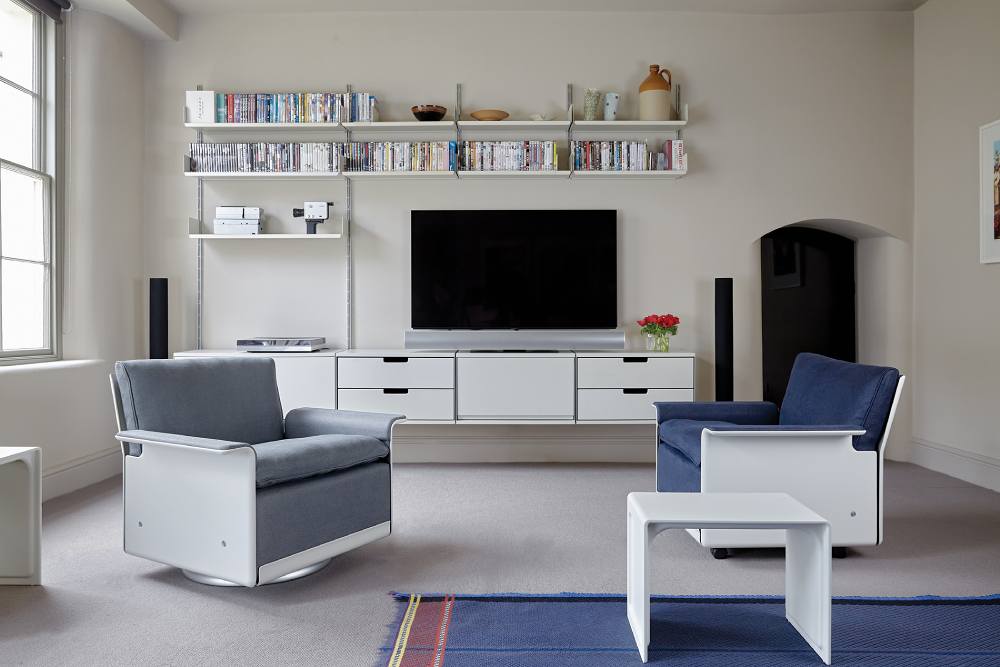
Long-lasting design with a clear position: the 606 Universal Shelving System, the 620 Chair Programme and the 621 Table.
© Vitsœ
GT: Apart from the obvious longevity you just mentioned of 606 and 620—what makes both systems sustainable?
MA: I hope that the culture we have in the company is that we never rest on our laurels. We are always moving forwards. We are always curious and challenging and hopefully a bit cheeky as well in looking out for what is happening and how we should be moving forwards and how we should still be remaining relevant. There is nothing about what we are doing at Vitsœ which is just looking back, over our shoulders. Yes, we understand where we have come from. But we are much more interested in the future.
GT: Could you imagine opening up Vitsœ one day to other designers or a new generation if their design ethos is in the mindset of Dieter Rams?
MA: “Opening up?!”—I would say that’s what we’re doing all of the time. To design our production building, we worked with the designer Martin Francis, who worked with I.M. Pei, Norman Foster, Peter Rice and many, many others. James O’Callaghan, who engineered that building with us, worked with Steve Jobs for fifteen years engineering all of Apple’s glass structures. Mark Skelly, one of the leading environmental designers, and Kim Wilkie, a top landscape designer, created the landscape on our site with us. And this is typical of the way that we are working: there are lots of capable designers giving us their input, both internally at Vitsœ and externally. But we’re keeping all of that more or less under the radar. We are just putting our heads together and doing it. So if you are thinking Vitsœ is a furniture company — no, it is not a furniture company. Does Vitsœ behave like furniture companies? No, we absolutely do not. We will never go out and get a celebrity to design an item and put their name on it and then they carry on designing objects for lots of other companies. That is so far apart from the way we do it. But working with a very broad range of the best brains is definitely exciting.
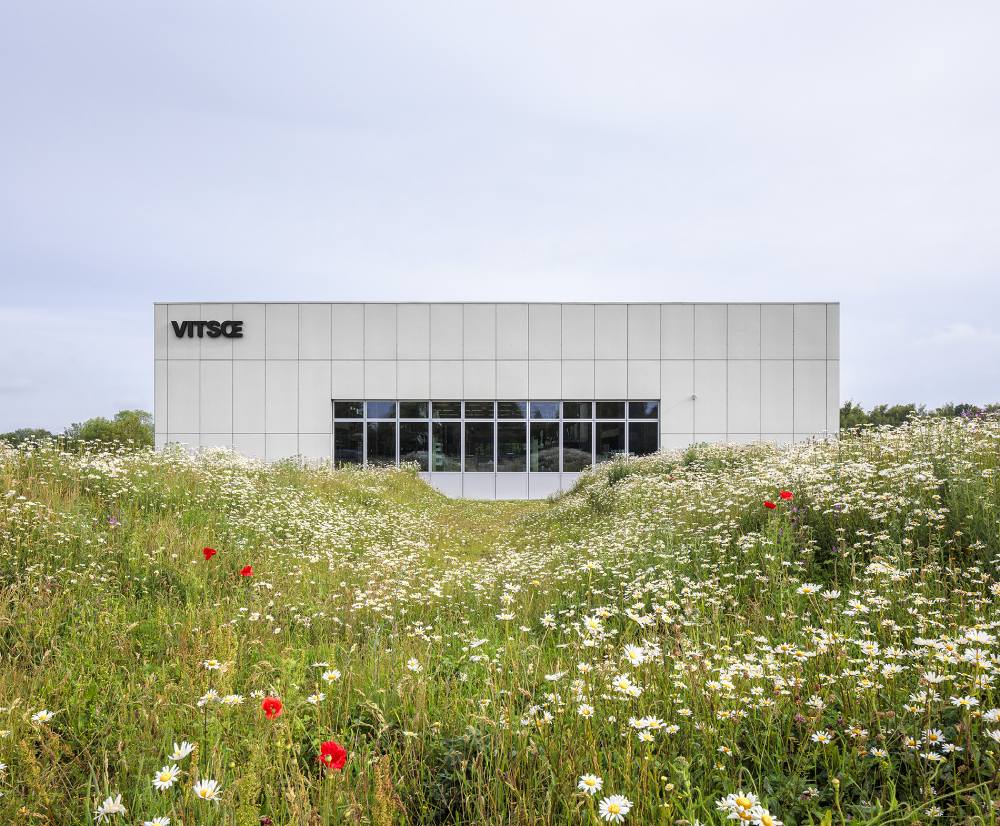
Kim Wilkie-designed landscape surrounding Vitsœ’s production building, Royal Leamington Spa, UK
© Vitsœ
GT: It seems you personally put a lot of effort into the architectural concept of the Vitsœ building. What was most important to you when conceiving it?
MA: Well, it’s not a piece of architecture. It definitely is not.
GT: And you don’t consider the headquarters to be a factory either, right?
MA: Yes, you’re correct. It’s a building. It’s a building because there’s much more going on in it than just what´s typical in a factory.

The Strong collection, on permanent display at Vitsœ, Royal Leamington Spa, UK.
© Vitsœ
GT: One can even sleep there.
MA: Yes. When people come into it and I say to them, welcome to our dotcom—because we are a dotcom! That’s how we sell to 90 countries around the world. You don’t necessarily see that. But then in a couple of rooms you can see our techies crouched over black screens coding because that’s what’s going on in that building. You then find the objects of Tom Strong, the American who built up and donated the collection of 250 Braun items to educate a new generation of design students. We have a museum quality collection in our building. We have our own kitchen and we all eat together twice a day. Hence why we call it a building. In the early days we held a competition to see who might design the building with us, and we narrowed it down to a short list of five. In the end we agreed that we could not work with those architects to design the building that we needed because of the way they responded to the brief. I went to all of those architects to personally tell them that they had been unsuccessful.
GT: What was the problem?
MA: One well-known London architect told me: „We found your brief very difficult because there was no room for architecture.” That for me went to the nub of what we were trying to do: to create a functional, adaptable, long-living building made of natural materials, naturally lit and naturally ventilated. Architects were struggling with that brief. One of our customers fortunately told me about the designer Martin Francis. Once I was introduced to him and we started talking, for example, about Joseph Paxton’s Crystal Palace from 1851, we had many threads that tied us together so that we could create the building that you now walk into where people look and go “wow!”. Yet I still don’t consider it architecture.
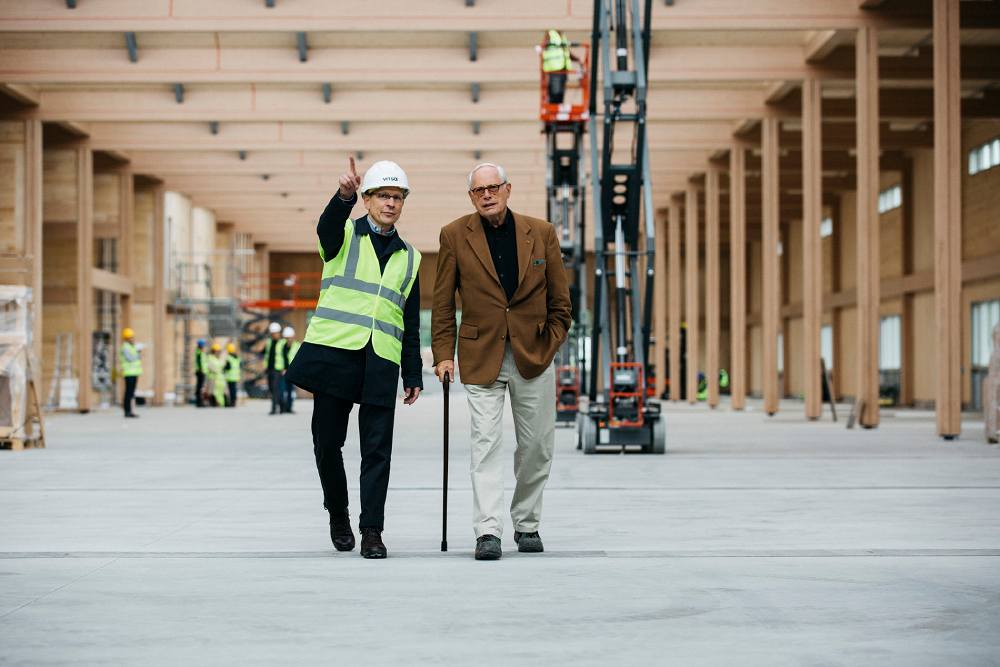
Mark Adams and Dieter Rams at Vitsœ’s production building, prior to its opening in May 2017.
© Vitsœ
GT: What does Rams think about it?
MA: Dieter has been really taken by our building. He worked with us through the design phase of it. He loves his visits there. He was with us last year, as you know. He really comes alive in our building. His spirit is in there. And it is just wonderful to see him being infected by that.
GT: My last question is regarding the products Dieter Rams designed for Vitsœ that are no longer in production. What about those? For example, will we ever see the production comeback of the 601 Seating Programme or that of the table RZ 57?
MA: My answer would be: possibly. Never say never. But, as I’ve also stressed, I hope, during this conversation, that we are utterly about looking forwards, as well. Yes, we understand the history. Most certainly. But there’s still—especially with the shelving system—so much more that we are doing to take it forwards. We’ve got quite a lot of technical developments in the background. We are in a mindset of making things better, not just satisfying the world’s unsustainable desire for new things. I’m on record for being unimpressed by the desire to create new things. The natural world does not hold trade exhibitions every year in which new species are unveiled. The natural world is constantly iterating and improving. And that’s what fires us at Vitsœ.
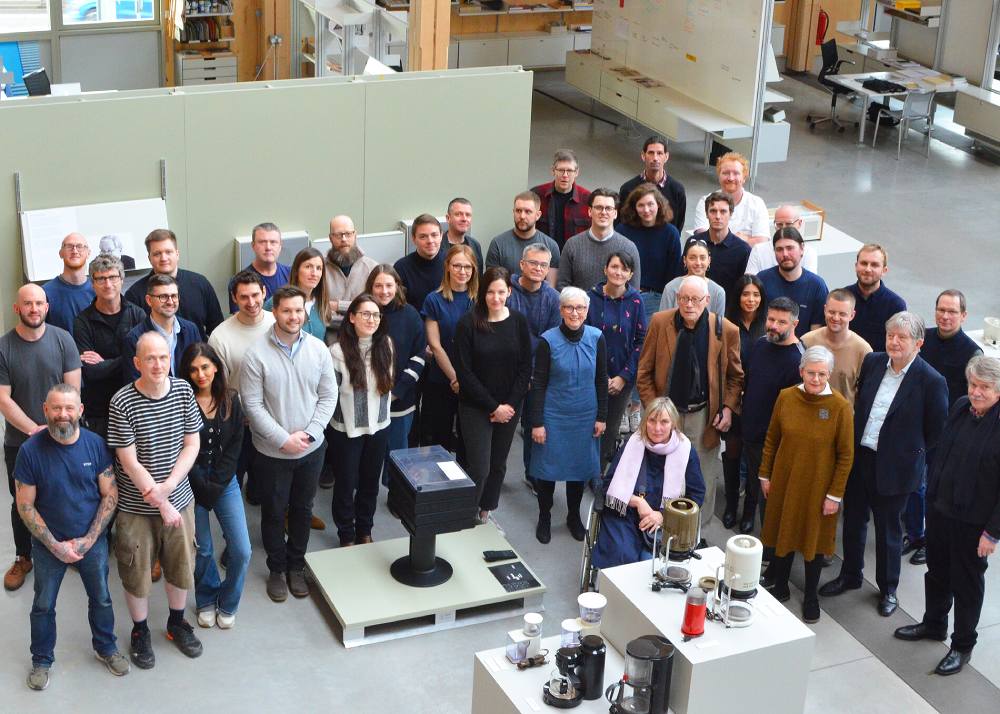
Dieter Rams and Klaus and Ulrike Klemp visited the Vitsœ Royal Leamington Spa headquarters in 2024. Also present (third from right): Deyan Sudjic, former director of the Design Museum London.
© Vitsœ
More Contributions
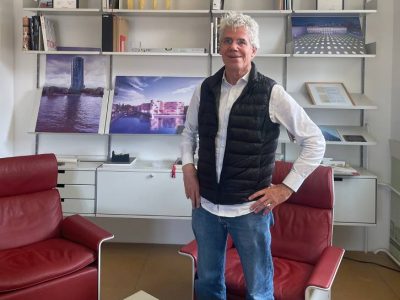
Till Schneider
Till Schneider is a partner at the international architectural firm schneider+schumacher. Here, he shares his perspective as an architect, gives insights into his creative partnership with Michael Schumacher, and comments on design as a discipline.
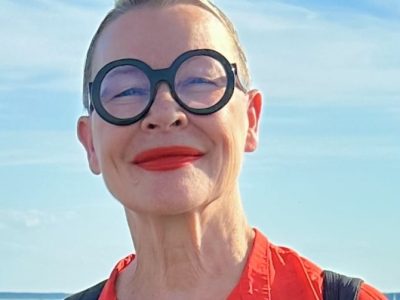
Päivi Tahkokallio
A conversation with a special perspective from the far north: Päivi Tahkokallio is one of the most prominent strategists and design activists in Finland. What does she think about Dieter Rams‘ legacy? And what topics and issues is she currently campaigning for?
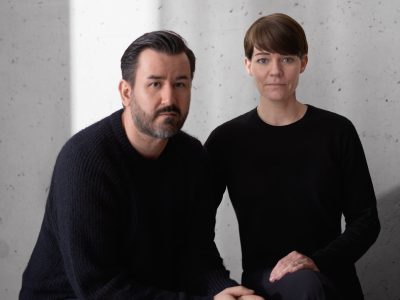
Esther and Dimitrios Tsatsas
An unknown design by Dieter Rams from the 1960s made the young Frankfurt bag brand TSATSAS even better known internationally. We spoke to the German-Greek couple about the hurdles they had to overcome to develop from designers to entrepreneurs.
/magazin/interviews/mark-adams/